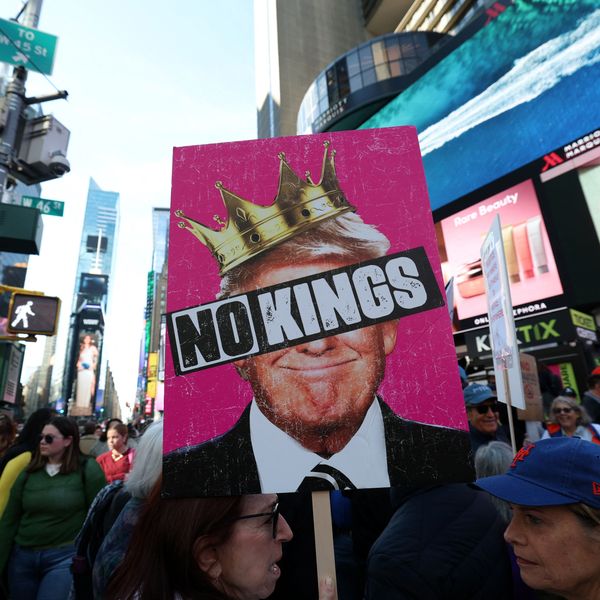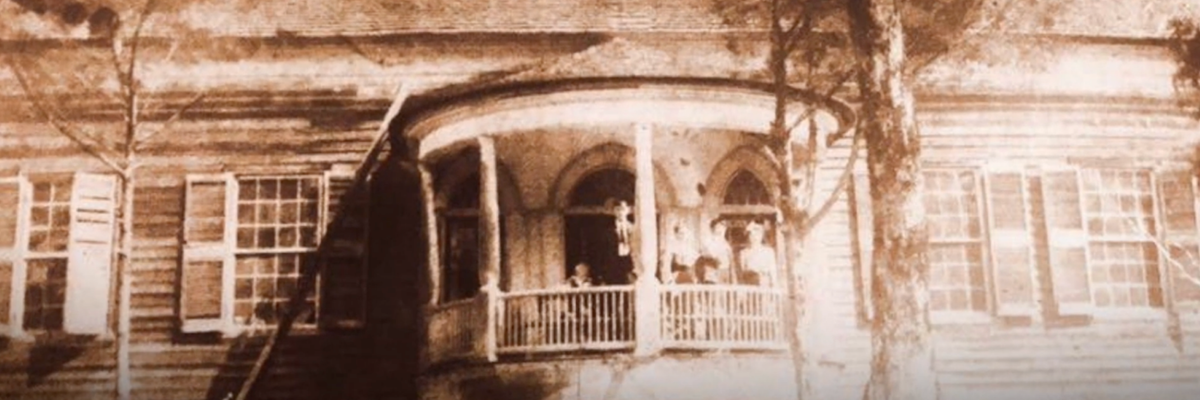Before there was a vaccination, the only Covid-19 medicine I had for the isolation of the lockdown periods was making music with my oldest friend, Daniel Rapport. We have been friends since we were born, formed a band in high school, and now have an acoustic blues duo, The Blue Tide. We have long drawn our inspiration from the Mississippi Delta blues, with Daniel playing acoustic and slide guitar and me on harmonica. As Covid-19took off, with the death toll rising and all of us sheltering in place, I was able to connect (remotely at first, then later in person) and overcome the loneliness by writing lyrics about the pandemic and pairing them with the guitar licks Daniel was writing. During this time we experienced the uprising for Black lives of 2020 and raging climate change-induced wildfires that filled the air with thick plumes of smoke--and so we began writing songs about the overlapping pandemics of Covid-19, racism, and the climate crisis.
As I continued to work on our Plague Blues album over the summer, my dad Gerald Lenoir made a stunning discovery: our family was enslaved on the same plantation in Morgantown, Mississippi as the family of the legendary blues artist, J.B. Lenoir. After years of investigating our genealogy, he finally found out the specific plantation--the Lenoir Plantation--our family had been enslaved on in Morgantown, Mississippi.
Then, a few weeks later, I had an unnerving experience that made it too real. My dad sent an email to me and told me to open the attachment to see a photo he had found of the enslaver's mansion on the Lenoir Plantation (which you will see featured in our music video). I clicked open the attachment and a sepia tone image with an over-exposed edge popped up that revealed the two-story big house with French windows that opened onto an impressive oval balcony, supported by columns, all sounded by a picket fence. As my eyes swept the snapshot, my process of seeing and meaning-making decelerated dramatically; the light gathered by my cornea, the refracted rays traveling through my pupil, and the visual signals that went to my brain via the optic nerve must have been detoured, taking a circuitous route, because even though I was looking directly at the photo I lost the ability to really see and process the information I was taking in for an indeterminate period.
When the information finally arrived at my visual cortex, I could understand that standing there, on the second-floor balcony, peering back at me were five people with white skin; the family that had bought, owned, used, and abused, my family. When my bewilderment subsided enough for me to regain awareness of where I was and what I was looking at, I zoomed in to try to see the faces of these people who had demanded to be called master. But as I got closer to their faces the image blurred (much like my understanding of what was happening at that moment) and I couldn't clearly see the faces of those who had inflicted generations of pain and anguish on my ancestors--a trauma passed down through the generations that still resides in my body, and a trauma that was being triggered in that very moment as my pulse quickened, my breathing turned shallow, my chest tightened, and my hands clenched. I became aware in that moment of the historical trauma that was disrupting my body's equilibrium, causing my cerebrum to register sorrow, fear, and fury, which then triggered the release of hormones to the ocular area and produced tears.
Seeing the enslavers who stole my family's--and J.B.'s family's--freedom reified enslavement for me in a way, I realized only then, had been abstract. At that point, I struggled to process my emotions, but I knew I had to create something to tell the story of my family and our connection to J.B.
J.B. Lenoir, a blues hall of famer, is one of the most prolific social commentary blues artists of all time, with songs about police violence, lynching, the Vietnam War, and even had a song about President Eisenhower the record company refused to release. His "Alabama Blues" was featured in the soundtrack to the movie Selma. Yet J.B. never got stuck in one genre of blues, and as one of his songs attests, "I Sing Um The Way I feel"; and he did just that, singing about joy, pain, drinking, politics, and playing everything from electric guitar big band blues, to solo acoustic guitar, and even creating a unique blues sound he called, "African hunch rhythm" with his incorporation of African drums. J.B. also had a flare for showmanship and often performed in a zebra-striped tuxedo jacket, complete with tails. When J.B. died--after not receiving proper care and being released from the hospital prematurely after being in car accident--blues great John Mayall memorialized him with the classics The Death Of J.B. Lenoir and I'm Gonna Fight For You J.B.
At the time of his death, J.B. was employed as a dishwasher because, like many Black artists before him, he was fleeced by the record companies who profited off of his work but didn't fairly compensate him. Because of this, even though he played with some of the biggest names in the blues--such as Muddy Waters, Memphis Minnie, Willie Dixon, Sonny Boy Williamson II, Elmore James, and Sunnyland Slim-and even toured Europe with legends such as Big Mama Thornton, he wasn't able to support himself financially with music. J.B.'s most famous song is one that he is credited as co-writing with Willie Dixon, "You Shook Me" which has been covered by Led Zeppelin and Jeff Beck, among many others.
It was simply unbelievable to me that as I was writing songs about the breakdown of our society, challenging those in power, and the power of love, I discovered a shared family origin with one of the best to ever do what I was attempting. This revelation of my connection to J.B. inspired me to take the stage name "J.D. Lenoir" and write the lyrics to our new song, "Where I Got My Name (Down in Mississippi)."
"Where I Got My Name" also features introductory commentary from my Uncle Ivan "I.T." Lenoir. I recorded the interview the first time I saw I.T. after a long quarantine and he offers his raw reaction to learning about where the family was enslaved. My brother, Jamana Lenoir, of Magnum Opus Publications, produced the music video that includes archival photos provided by our dad.
The video begins with a photo of Laura Lenoir that Gerald has safeguarded for many years, the only image that remains of one of our enslaved family members. Laura was my great-great grandmother and she was born into slavery in Mississippi in 1844 and died the year my father was born in 1948. She was married to my great-great grandfather Thomas Lenoir who was born into slavery in 1844 and died in 1922. Laura birthed 19 children, including my great grandfather York Alonzo Lenoir. I had known about Laura and York before, but it was only when I wrote this song that I understood more deeply who they were through our family conversations about their lives and all that they had endured. This process animated my enslaved family members to me in a way that I had never experienced, and I finally felt like I had a connection to them.
The incredible family collaboration that made this video--and the self-discovery and ancestral connection that occurred through the process--has been deeply healing and has proven to be for me the best therapy for the historical trauma of slavery. For the next phase of the healing process, I have now made it my life's quest to find a way to get in touch with J.B.'s children and share our tribute song to their father (if anyone who reads this has any connection to them, please reach out to me).
I hope on this Juneteenth and beyond, you are moved by our song; both feeling the intensity of the trauma of the past and also the incredible healing power of music and storytelling.



